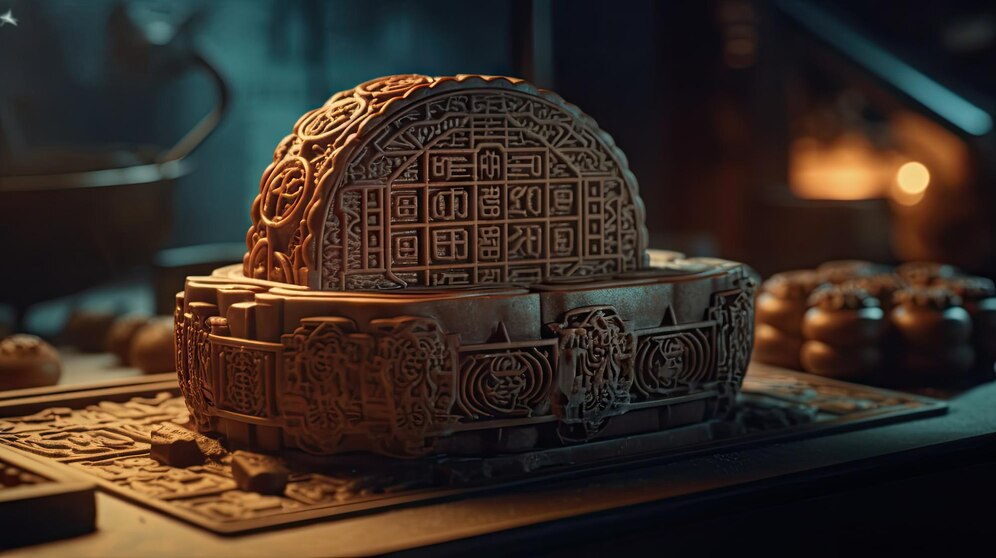
Käämyäjä: Unraveling Finland's Mystical Tradition
Write a 2000-word informational article for the keyword 'Käämyäjä'. Write in markdown format, ensuring the article is SEO-friendly. Include headings, bullet points, etc. My target keyword is 'Käämyäjä'. So, use this keyword as it is without changing its structure. Note: You can use capital and small letters of keyword according to requirement. Correct Use of Keyword: If Keyword: ABC SDSDSWhy Wrong: ABC SDSDS Why Wrong: ABC Why SDSDS Correct: ABC SDSDSWhy Correct: abc sdsdswhy Correct: Abc SdsdsWhy
Käämyäjä: A Comprehensive Guide to Finnish Folk Mythology's Mysterious Entity
Introduction to Käämyäjä
In the rich tapestry of Finnish folklore and mythology, few entities are as intriguing yet lesser-known as the Käämyäjä. This mystical creature, deeply embedded in the ancient stories of Finland's forested regions, represents a fascinating intersection of natural phenomena and supernatural beliefs.
Historical Origins of Käämyäjä
The term Käämyäjä first appeared in Finnish oral traditions dating back several centuries. Like many elements of Finnish mythology, the Käämyäjä emerged from:
- Ancient storytelling traditions
- Regional folklore variations
- Rural community beliefs
- Shamanic practices
Physical Description and Characteristics
Traditional accounts describe the Käämyäjä with varying attributes, though certain features remain consistent across different regional interpretations:
Appearance
- Height: Usually described as medium-sized, approximately human height
- Form: Shape-shifting capabilities
- Color: Often associated with earthy tones
- Physical features: Known for its ability to blend with forest surroundings
Behavioral Traits
The Käämyäjä exhibits several distinctive behavioral patterns:
- Nocturnal activity
- Strong connection to forest ecosystems
- Protective nature towards wildlife
- Seasonal appearances
Role in Finnish Mythology
Within Finnish mythological framework, the Käämyäjä occupies a unique position:
Spiritual Significance
- Guardian of forest boundaries
- Mediator between natural and supernatural realms
- Protector of ancient knowledge
- Guide for lost travelers
Cultural Impact
The influence of Käämyäjä extends beyond mere mythology:
- Inspiration for traditional art
- Subject of folk songs
- Central figure in local festivals
- Educational tool for environmental awareness
Regional Variations of Käämyäjä Legends
Different regions of Finland maintain their own interpretations of the Käämyäjä:
Northern Regions
- More emphasis on winter activities
- Stronger connection to aurora borealis
- Integration with Sami traditions
Southern Regions
- Agricultural associations
- Links to forest industry folklore
- Connection to lake spirits
Modern Interpretations of Käämyäjä
Contemporary understanding of the Käämyäjä has evolved:
Popular Culture
- Appearance in modern literature
- Representation in digital media
- Influence on Finnish art
- Presence in environmental movements
Educational Value
The Käämyäjä serves as:
- A tool for teaching environmental responsibility
- A symbol of cultural heritage preservation
- A means of connecting younger generations with traditions
- An example of Finnish mythological complexity
Käämyäjä in Environmental Conservation
Modern environmentalists have adopted the Käämyäjä as a symbol:
Conservation Efforts
- Forest preservation initiatives
- Wildlife protection programs
- Traditional knowledge preservation
- Sustainable resource management
Educational Programs
Several programs utilize the Käämyäjä concept:
- School environmental education
- Cultural heritage workshops
- Nature connection programs
- Traditional storytelling sessions
Scientific Perspectives on Käämyäjä
Researchers have analyzed the Käämyäjä from various angles:
Anthropological Studies
- Cultural significance analysis
- Historical documentation
- Comparative mythology research
- Evolution of folklore elements
Psychological Interpretation
The Käämyäjä represents:
- Collective environmental consciousness
- Cultural identity markers
- Psychological archetypes
- Social behavior regulators
Artistic Representations of Käämyäjä
Artists have interpreted the Käämyäjä in various forms:
Traditional Art
- Wood carvings
- Textile designs
- Rock paintings
- Ceremonial masks
Contemporary Art
Modern artists continue to draw inspiration:
- Digital illustrations
- Mixed media installations
- Performance art
- Environmental sculptures
The Käämyäjä in Literature
Literary works featuring the Käämyäjä include:
Traditional Literature
- Folk tales
- Poetry collections
- Oral histories
- Traditional songs
Modern Literature
Contemporary authors have incorporated the Käämyäjä in:
- Children's books
- Fantasy novels
- Environmental fiction
- Cultural preservation works
Seasonal Aspects of Käämyäjä
The Käämyäjä's presence varies with seasons:
Winter Association
- Snow-related activities
- Solstice celebrations
- Winter survival guidance
- Forest protection
Summer Manifestations
- Agricultural connections
- Midsummer festivities
- Forest gathering traditions
- Nature spirit celebrations
Käämyäjä in Modern Society
Contemporary relevance of the Käämyäjä includes:
Cultural Heritage
- Museum exhibitions
- Cultural festivals
- Educational programs
- Heritage preservation efforts
Tourism Impact
The Käämyäjä influences:
- Cultural tourism
- Eco-tourism initiatives
- Local storytelling tours
- Traditional craft workshops
Research and Documentation
Scholarly work on the Käämyäjä continues:
Academic Studies
- Folkloristic research
- Anthropological investigations
- Environmental studies
- Cultural preservation documentation
Public Archives
Various institutions maintain records:
- National archives
- Local museums
- University collections
- Digital databases
Future of Käämyäjä Traditions
The evolution of Käämyäjä traditions continues:
Preservation Efforts
- Digital documentation
- Oral history projects
- Cultural education programs
- Community engagement initiatives
Modern Adaptations
Contemporary interpretations include:
- Digital storytelling
- Virtual reality experiences
- Interactive exhibitions
- Social media presence
Conclusion
The Käämyäjä remains a significant figure in Finnish cultural heritage, bridging ancient traditions with modern environmental consciousness. Its continued relevance demonstrates the enduring power of mythological figures in contemporary society, particularly in addressing current environmental and cultural preservation challenges.
Additional Resources
For those interested in learning more about the Käämyäjä:
- Finnish folklore archives
- Cultural heritage centers
- Environmental education programs
- Local history museums
Through this comprehensive exploration, we can appreciate the Käämyäjä not just as a mythological figure, but as a living symbol of Finnish cultural heritage and environmental stewardship, continuing to evolve and inspire new generations.
